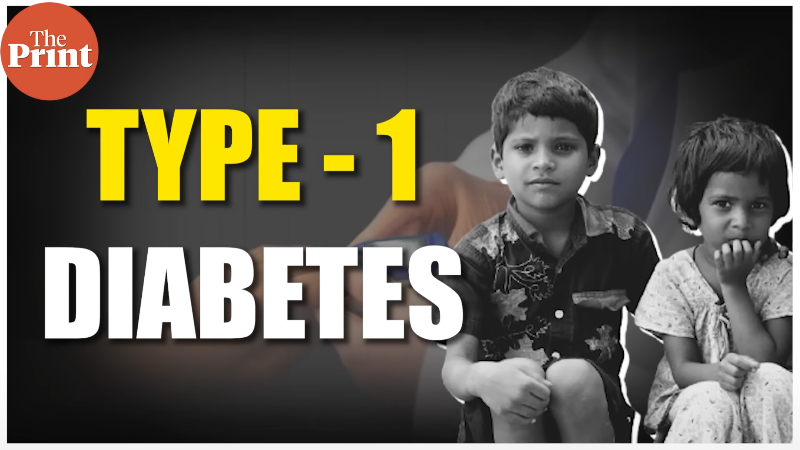by University of Eastern Finland
In 1339 children followed up from age 11 to 24 years, increased sedentariness from childhood through young adulthood accelerated premature vascular damage. Light physical activity reduced arterial stiffness, and increasing time in light physical activity would confer more vascular health benefits. Credit: Andrew Agbaje.
An increase in sedentary time from childhood is associated with worsening arterial stiffness, a surrogate for premature vascular damage, a new study shows. However, light physical activity could reduce the risk. The study was conducted in collaboration between Oxford University, the Universities of Bristol and Exeter, and the University of Eastern Finland, and the results were published in Acta Physiologica.
An earlier study from the same data showed an increase in sedentary time between childhood and young adulthood from approximately 6 hours to 9 hours per day, which in turn increased the risk of fat obesity, dyslipidemia, inflammation, and an enlarged heart. The researchers also identified arterial stiffness as a novel causal factor for childhood and adolescent obesity, insulin resistance, hypertension, metabolic syndrome, and premature heart damage.
Aging also worsens arterial stiffness. Adult studies suggest that high arterial stiffness, as opposed to natural stiffening, increases the risk of premature death by 47%. So far it has remained unclear if sedentariness increases arterial stiffness independent of aging and known cardiometabolic risk factors.
Light physical activity (LPA) is now emerging as an effective approach to reversing the deleterious effect of childhood sedentariness. However, whether long-term exposure to LPA from childhood reduces arterial stiffness has not been examined. This is because only a few studies have repeatedly measured arterial stiffness on a large scale in healthy young populations.
The current study is the largest and the longest follow-up accelerometer-measured movement behavior and arterial stiffness study in the world using the University of Bristol's Children of the 90s data. The study included 1339 children followed up from 11 to 24 years of age. They wore accelerometer devices on their waist at ages 11, 15, and 24 years for 4-7 days and had arterial stiffness measurements at ages 17 and 24 years.
Their fasting blood samples were repeatedly measured for glucose, insulin, high-density lipoprotein cholesterol, low-density lipoprotein cholesterol, triglyceride, and high-sensitivity C-reactive protein. Blood pressure, heart rate, smoking status, socio-economic status, and family history of cardiovascular disease were controlled for in the analyses.
Arterial stiffness is determined by carotid-femoral pulse wave velocity. During the 13-year follow-up, increased sedentary time from 6 to 9 hours per day accelerated this velocity by 10 percent, indicating increased stiffness and one in a thousand adolescents was estimated to have severe vascular damage.
On the other hand, engaging in LPA of at least 3 hours per day reversed arterial stiffness and vascular damage. Moderate-to-vigorous physical activity (MVPA) did not reduce arterial stiffness but slightly increased it due to the physiological vascular wall adaptation caused by an increase in muscle mass. However, the MVPA-induced increase in arterial stiffness was at least three times less than that caused by sedentary time.
"Our recent studies appear to emphasize that childhood sedentariness is more dangerous to health than previously thought, " says Andrew Agbaje, a physician and associate professor (docent) of clinical epidemiology and child health at the University of Eastern Finland.
"Sedentariness is the root cause of several disease risk factors such as fat obesity, high lipid levels, inflammation, and arterial stiffness. These intermediate risk factors and actual diseases can be combatted by engaging in at least 3—4 hours of LPA per day."
"Although the World Health Organization's physical activity guideline does not yet cover LPA, nonetheless, public health experts, health policymakers, health journalists and bloggers, pediatricians, and parents should encourage kids to participate in LPA daily."
Additional research results were published in the Journal of Human Hypertension
More information: Andrew O. Agbaje et al, Accelerometer‐based sedentary time, light physical activity, and moderate‐to‐vigorous physical activity from childhood with arterial stiffness and carotid IMT progression: A 13‐year longitudinal study of 1339 children, Acta Physiologica (2024). DOI: 10.1111/apha.14132
Andrew O. Agbaje, Mediating effect of fat mass, lean mass, blood pressure and insulin resistance on the associations of accelerometer-based sedentary time and physical activity with arterial stiffness, carotid IMT and carotid elasticity in 1574 adolescents, Journal of Human Hypertension (2024). DOI: 10.1038/s41371-024-00905-6
Provided by University of Eastern Finland







Post comments